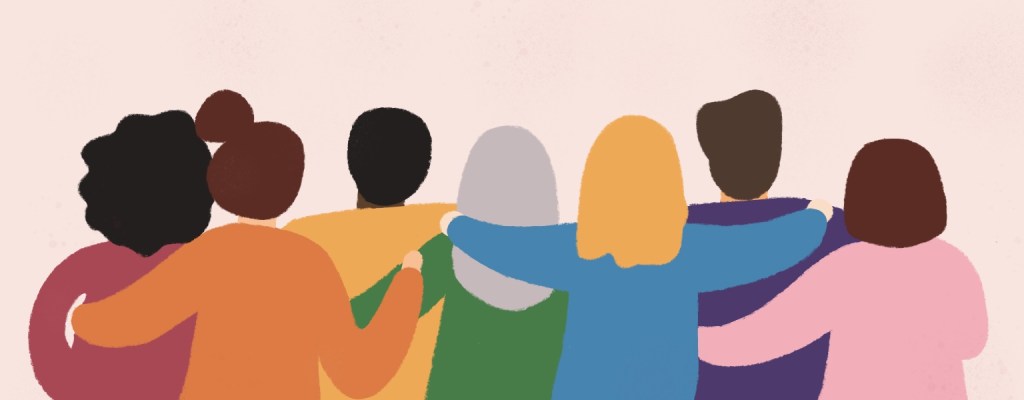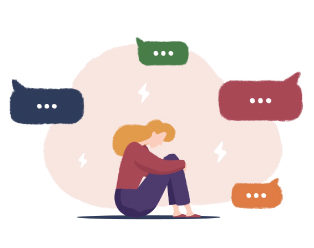What Is the School Counselor’s Role in Addressing Challenges for Queer Students?

“School counselors are in this super cool place where they’re neither fish nor fowl,” said Dr. Stacy Pinto, faculty member for the online master’s in school counseling program at the University of Denver. “They’re not administration. They’re not students. They’re not teachers. They can bridge the gap.”
School counselors can help build more queer-affirming environments in schools by:
- Offering proactive and psychoeducational programming.
- Holding group counseling for students to educate them on different topics.
- Listening to the needs of the people they’re working with and advocating on their behalf.
- Intentionally building opportunities for people to engage with one another.
- Engaging in affirmative counseling practices.
- Taking a systems approach by addressing the interconnected elements in the school environment that can help to meet students’ needs.
Still, when developing queer inclusive policies, school counselors, like administrators and educators, don’t always get it right. Pinto offers this advice for fellow counselors as they tackle queer-related school issues:
Seven Ways School Counselors Support Queer Students
1. Listen.
“Whether or not we’re in schools, we need to listen to students,” Pinto says. “They’re the experts on themselves.” Counselors can’t determine what they need or make their decisions for them, but school counselors can help students come to their own decisions. The way to do that is to listen to what they have to say.
2. Implement proactive interventions, not reactive ones.
Resources exist to address common challenges faced by queer students. School counselors should do this before they manifest in the lives of children and teens. “It’s not once a student who identifies as gay takes their own life that you put measures into place to protect against it. You need to do it before that happens,” Pinto warned.
3. Talk about difficult subjects.
If schools are not talking about difficult topics in regular discussions and programming, it is a lot harder for students to bring up those topics to adults who can help.
4. Represent varied identities in the environment.
Artifacts like a rainbow flag, a trans flag, a safe space sticker and reading materials indicate you’re someone who cares about these issues, who is safe to talk to, and who has resources to help. “Make sure that you’re conveying those things in a way that students can perceive because they look for it and if they don’t feel safe, they’re not going to talk to you,” Pinto said.
5. Be an ally, not just a friend.
Being an ally doesn’t just mean that you’re not the enemy. An ally can be represented by combining the ideas of friend and advocate: someone who supports the community, cares about the struggles and the challenges, and does something to make things different.
6. Don’t assume you know the answers.
Pursue and rely on existing literature as a point of reference and seek out specific and ongoing training in social justice. When building relationships with students, be open, flexible and humble.
7. Celebrate successes.
Child and adolescent development is a time of discovery. Celebrating this discovery and facilitating positive forms of identity exploration helps build self-esteem, confidence and community among students. “We have to help them be excited about their identity development and the discovery of things that light them up,” Pinto said. “And we have to help them embrace the person that they’re becoming.”
How Can School Counselors Avoid Missteps?
School counselors may also need to engage in self-reflection, Pinto added, to recognize their gaps in knowledge and limitations.
“It’s important to know what you don’t know and to take action to learn it,” she said. “You’re not going to always know all the answers.”
Dr. Pinto emphasized the importance of school counselors understanding the scope of their knowledge and abilities for both personal protection and protection of the students that they are working with.
Like everyone else, counselors bring with them biases. Pinto encourages them to reflect on these with other people, such as colleagues or mentors, to better understand their preconceived notions and whether their identity and experiences related to that identity influence how they communicate with people.
Lastly, Pinto said school counselors need to honestly assess their own comfort level discussing sexuality and gender. These discussions require a level of openness and maturity, while maintaining a soft approach when working with teens. Unfortunately, not every person is trained to engage in these types of sensitive conversations.
“If we can’t talk about sex,” she said, “we sure can’t talk to a 10th grader about sex.”
Read the rest of the series

Queer is an umbrella term that represents that everyone is different and that differences should be celebrated. Learn how schools can understand labels.

Even small challenges related to identity can pull focus from learning for queer students. Eliciting feedback from the students themselves can help identify solutions.
Citation for this content: SchoolCounseling@Denver, the online master’s in school counseling program from University of Denver’s Morgridge College of Education.

